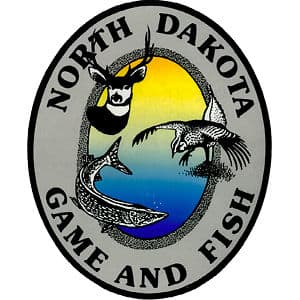North Dakota Mule Deer Production Remains Low

Aerial observations during the North Dakota Game and Fish Department’s fall mule deer survey indicated production in 2012 was about the same as last year’s record low.
Biologists who accompanied pilots in fixed-wing planes counted 1,224 (1,055 in 2011) mule deer in the October survey. The buck-to-doe ratio of 0.37 (0.47 in 2010) was similar to the long-term average of 0.43 bucks per doe, and the fawn-to-doe ratio of 0.59 equaled the lowest fawn-to-doe ratio since the demographic survey began in 1954. The long-term average is 0.92 fawns per doe.
Bruce Stillings, big game supervisor in Dickinson, said mule deer densities in the badlands haven’t been this low since 1996. “The three consecutive severe winters from 2008-11 were devastating to our mule deer and pronghorn populations,” Stillings said. “These winters not only greatly reduced overall mule deer abundance due to winter-related mortality, but led to poor fawn production. Three years of few young animals entering the population has resulted in an aged population with few prime-aged breeding females.”
Winter 2011-12 was one of the mildest on record, but Stillings said it is likely the reproductive condition of the surviving females was still poor after being stressed for as many as three years.
“This summer was extremely dry, leading to reduced vegetative growth needed for fawn concealment and health of the doe,” Stillings added. “An aging population and poor fawning habitat conditions resulted in another year of poor fawn production.”
According to Stillings, no doe harvest is the first step needed to encourage population growth, and another mild winter is needed to help this year’s fawns survive until adulthood.
“A spring and summer with normal precipitation in 2013 would go a long way to promote habitat conditions more favorable for fawn survival leading to population growth,” he added.
The fall aerial survey, conducted specifically to study demographics, covers 23 study areas and 293 square miles in western North Dakota. Biologists survey the same study areas in the spring of each year to determine a population index.

